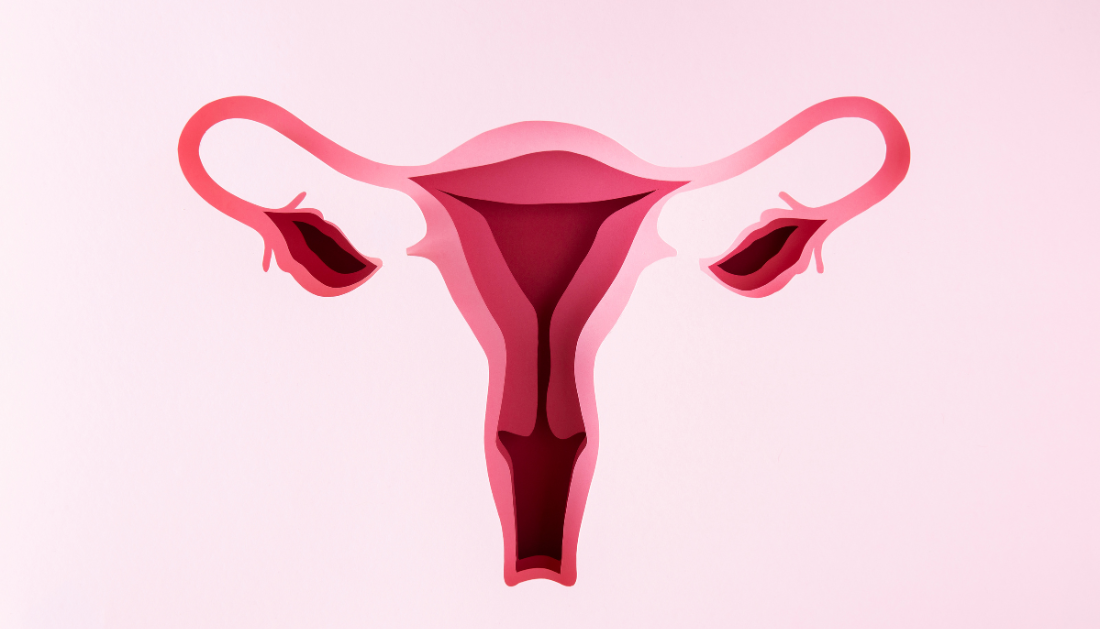

During the COVID-19 pandemic, US women with ovarian cancer (OC) used more neoadjuvant chemotherapy to lower their risk of COVID-19 exposure and treatment-related problems.
A study published in Frontiers in Oncology found that among US patients with advanced ovarian cancer (OC), the COVID-19 pandemic was linked to a higher utilization of neoadjuvant treatment.
The COVID-19 pandemic, according to the researchers, delayed cancer detection and treatment initiation. Regarding gynecologic cancers, the pandemic resulted in a decrease in emergency visits and urgent referrals among patients with probable cancer. Cervical cancer screening services were discontinued, treatment beginning was delayed, and surgical procedures were postponed.
The researchers clarified that the American College of Surgeons classified instances of gynecological cancer as semi-urgent due to shortages caused by the pandemic. At the same time, neoadjuvant treatment was advised by the Society of Gynecologic Oncology to minimize risk and allow for delays in ovarian cancer surgery during the epidemic.
To achieve this, the researchers examined patients who were diagnosed with incident epithelial OC at Kaiser Permanente Southern California (KPSC), an integrated healthcare delivery system, between January 1, 2017, and June 30, 2021. These patients, who ranged in age from 18 to 89, had cancer diagnoses ranging from stage II to stage IV and were enrolled in the KPSC health plan at the time of diagnosis.
Using KPSC’s Surveillance, Endpoints & End Results cancer registry, the researchers located individuals with epithelial type OC between 2017 and 2020. On the other hand, they used the International Classification of Diseases, Tenth Revision diagnosis codes to locate patients whose diagnoses were made in 2021 in KPSC’s computerized medical records. They then verified these diagnoses by document review.
The use of neoadjuvant chemotherapy was the overall outcome of interest, and the COVID-19 pandemic period was the exposure of interest. The day on which California’s stay-at-home order went into effect, March 4, 2020, was used to establish the pre-pandemic and pandemic periods. In addition, age at cancer diagnosis, cancer stage, years of KPSC membership before OC diagnosis, and race and ethnicity were factors of interest to the researchers.
In the majority of patients (85.5%) cancer was detected at either stage III or stage IV OC. Of the 566 individuals identified with stage II through stage IV OC, 406 (71.7%) acquired their diagnosis during the prepandemic era and 160 (28.3%) during the pandemic period. Patients diagnosed during the pandemic era were found to be marginally younger than those diagnosed during the pre-pandemic period (mean age, 62.7 vs. 64.9 years; P =.07), according to the researchers.
They discovered that neoadjuvant chemotherapy was administered to 50.5% of the whole study group, which included 58.7% and 47.3% of those who were diagnosed during the pre-pandemic and pandemic periods, respectively (P =.01). The population’s mean (SD) time from diagnosis to the start of neoadjuvant treatment was 22.3 (24.5) days, and there were no variations between pandemic periods (P =.17).
Researchers discovered that in the unadjusted model, patients with stage III (RR, 5.42; 95% CI, 2.64-11.12) and stage IV (RR, 9.07; 95% CI, 4.44-18.50) OC compared with stage II OC were 24% more likely to receive neoadjuvant chemotherapy (risk ratio [RR], 1.24; 95% CI, 1.04-1.47).
Nonetheless, the researchers found that patients receiving a diagnosis during the pandemic period had a 29% higher likelihood of receiving neoadjuvant treatment (RR, 1.29; 95% CI, 1.12-1.49) after correcting for age, cancer stage, comorbidity index, and race and ethnicity. Furthermore, racial differences were observed in the likelihood of receiving neoadjuvant treatment during the pandemic period: non-Hispanic White patients (RR, 1.27; 95% CI, 1.04-1.54) and Hispanic patients (RR, 1.46; 95% CI, 1.13-1.88) were 27% and 46%, respectively.
One of the study’s weaknesses, which the researchers noted, was that they were unable to determine whether the COVID-19 pandemic had an impact on the recommended dose of neoadjuvant chemotherapy for patients with OC since they lacked information on neoadjuvant therapy. Furthermore, the study population included insured patients from KPSC, so extrapolating the results to other cohorts may not be possible. Notwithstanding these drawbacks, the researchers recommended topics for additional study in light of their findings.
“Future studies are needed to assess the impact of the pandemic on treatment patterns and cancer outcomes, including response to cancer treatments and survival in patients with ovarian cancers,” the authors concluded.
For more information: Impact of the Coronavirus Disease 2019 pandemic on neoadjuvant chemotherapy use in patients diagnosed with epithelial type ovarian cancer, Frontiers in Oncology, https://doi.org/10.3389/fonc.2024.1290719
more recommended stories
 Fat-Regulating Enzyme Offers New Target for Obesity
Fat-Regulating Enzyme Offers New Target for ObesityKey Highlights (Quick Summary) Researchers identified.
 Spatial Computing Explains How Brain Organizes Cognition
Spatial Computing Explains How Brain Organizes CognitionKey Takeaways (Quick Summary) MIT researchers.
 Gestational Diabetes Risk Identified by Blood Metabolites
Gestational Diabetes Risk Identified by Blood MetabolitesKey Takeaways (Quick Summary for Clinicians).
 Phage Therapy Study Reveals RNA-Based Infection Control
Phage Therapy Study Reveals RNA-Based Infection ControlKey Takeaways (Quick Summary) Researchers uncovered.
 Pelvic Floor Disorders: Treatable Yet Often Ignored
Pelvic Floor Disorders: Treatable Yet Often IgnoredKey Takeaways (Quick Summary) Pelvic floor.
 Urine-Based microRNA Aging Clock Predicts Biological Age
Urine-Based microRNA Aging Clock Predicts Biological AgeKey Takeaways (Quick Summary) Researchers developed.
 Circadian Control of Neutrophils in Myocardial Infarction
Circadian Control of Neutrophils in Myocardial InfarctionKey Takeaways for HCPs Neutrophil activity.
 E-Cigarette Use and Heart Attack Risk in Former Smokers
E-Cigarette Use and Heart Attack Risk in Former SmokersKey Takeaways for Clinicians and Nurses.
 36-Week Pre-eclampsia Screening May Reduce Term Risk
36-Week Pre-eclampsia Screening May Reduce Term RiskA New Preventive Strategy for Term.
 Cardiovascular Risk and Sudden Cardiac Death in Diabetes
Cardiovascular Risk and Sudden Cardiac Death in DiabetesRising Sudden Cardiac Death (SCD) Risk.

Leave a Comment